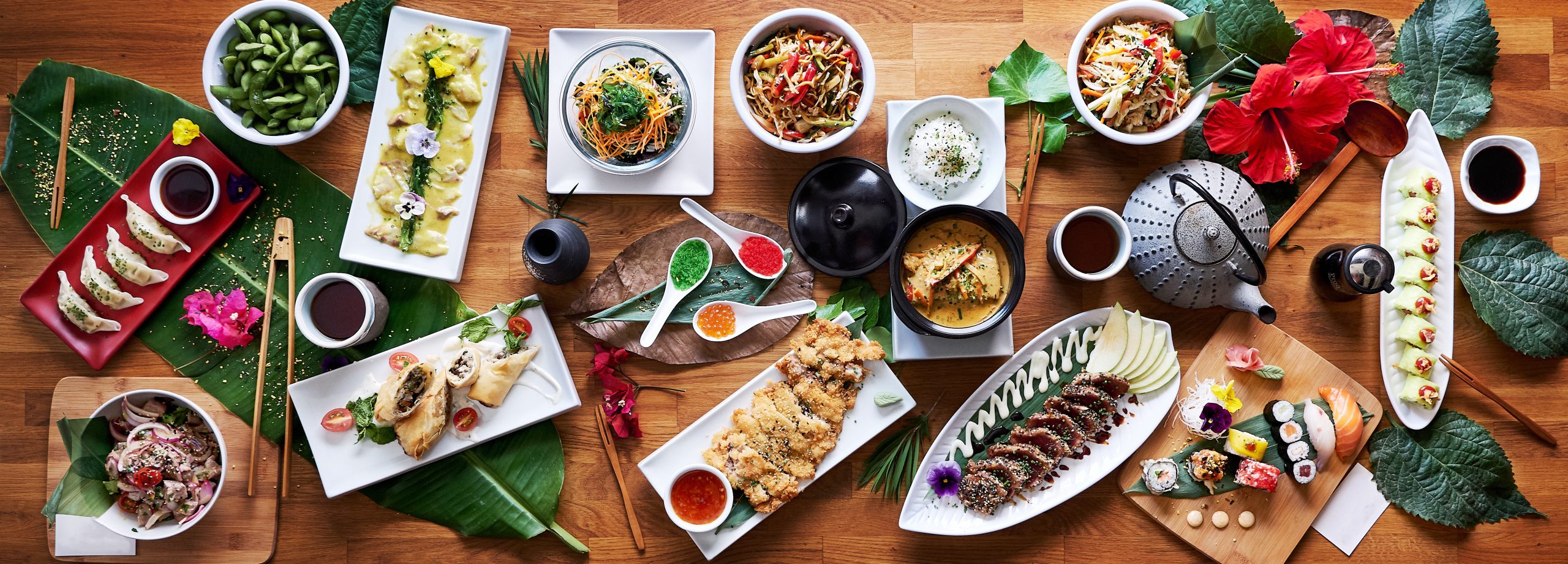In a recent news article I came across, Japan’s Agriculture, Forestry and Fisheries Ministry has started to monitor the authenticity of Japanese restaurants around the world. There are believed to be about 240,000.
Much like monitoring boards run by French, Thai and Italian organizations, the Japanese one set up in 2006 will also offer certification for authenticity. Some of the more important points rewarded include the ingredients used, the taste, presentation, and the number of Japanese staff and chefs in an establishment.
Owner and chef of a high end kaiseki ryori restaurant in Toronto, Canada, Masaki Hashimoto, was also quoted to have said in the article, “In Toronto, there’s been a big boom in Japanese food over the past several years. About 100 places claiming to be ‘Japanese food restaurants,’ open every year,” Hashimoto said. “Among them, however, are unbelievable restaurants that serve sushi topped with Tabasco or chili sauce.” And I have to admit, I enjoyed my visit to Mr. Hashimoto’s restaurant last year. The fish he used was express shipped from Japan (as were many other ingredients) the flavour was quite refined and each dish was presented beautifully.
In my opinion, this is a great idea. I’ve visited so many restaurants in Toronto alone that claim to be Japanese, and should be ashamed to do so. As a matter of fact, I didn’t even think most of the food was edible, whether “Japanese” or not.
Unfortunately, monitoring for authenticity would be very difficult to execute properly. Would a Japanese restaurant, meeting all the criteria for being “authentic”, not be allowed to serve “non-authentic” food? Even if the chefs are Japanese, it doesn’t mean they can actually cook. Would the chefs be restricted from using their creativity to appease the non-Japanese palate? To be honest, this sounds more like a cash grab to me. Something that would force restaurants to boost the Japanese economy by buying Japanese products, which in fact, the Agriculture, Forestry and Fisheries Ministry admitted to. Though I’m not sure if the restaurants have to pay for being rated.

2 replies on “Setting the Japanese Food Standard?”
thanks, this website helped a lot!
Thanks for the comments. Everyone is entitled to their opinion.